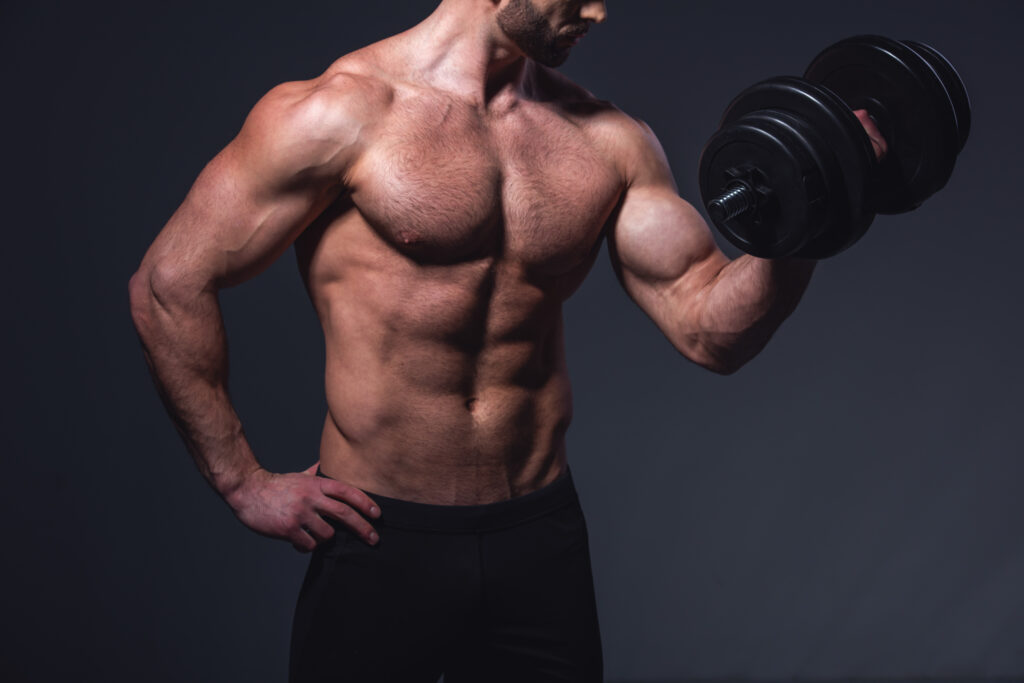Achieving visible six-pack abs is a realistic goal for many, but the journey to get there can vary significantly from person to person. Six-pack abs are the result of two primary factors: muscle development and low body fat percentage.
First, the muscles of the abdominal region, specifically the rectus abdominis, need to be developed. This is done through targeted strength training exercises like crunches, leg raises, and planks. The more developed these muscles are, the more they will “pop” or be visible.
Secondly, and perhaps more challenging for many, is achieving a low enough body fat percentage for the abs to be visible. This percentage can vary depending on individual genetics, but typically, men need to get below 10-15% body fat, and women need to be below 16-20% body fat to have a visible six-pack. The reason for this difference is that men and women naturally store fat in different areas and in different amounts.
To reduce body fat, a combination of cardiovascular exercise and a balanced diet is crucial. You’ll need to be in a caloric deficit, which means burning more calories than you consume. This doesn’t mean starving yourself, but rather eating nutritious foods that fuel your body and keep you full, while also maintaining an active lifestyle.
It’s essential to note that genetics plays a significant role. Some people may find it easier to achieve a visible six-pack due to their genetic makeup, while others may find it more challenging. Moreover, the appearance of a six-pack does not necessarily equate to overall health or fitness. It’s a specific aesthetic goal, and while it’s achievable for many, it should be approached with a holistic view of health in mind.
While achieving a visible six-pack is realistic, the path to get there requires dedication, a structured exercise routine, a balanced diet, and, importantly, time and patience. It’s a journey that involves understanding your body, its needs, and working consistently towards your goal.

